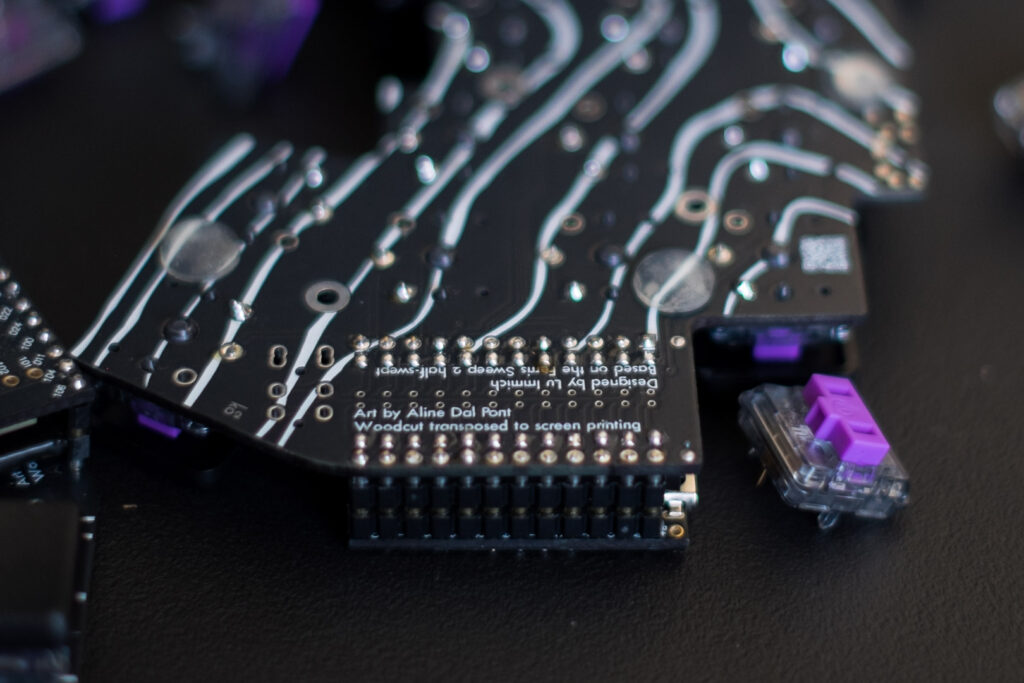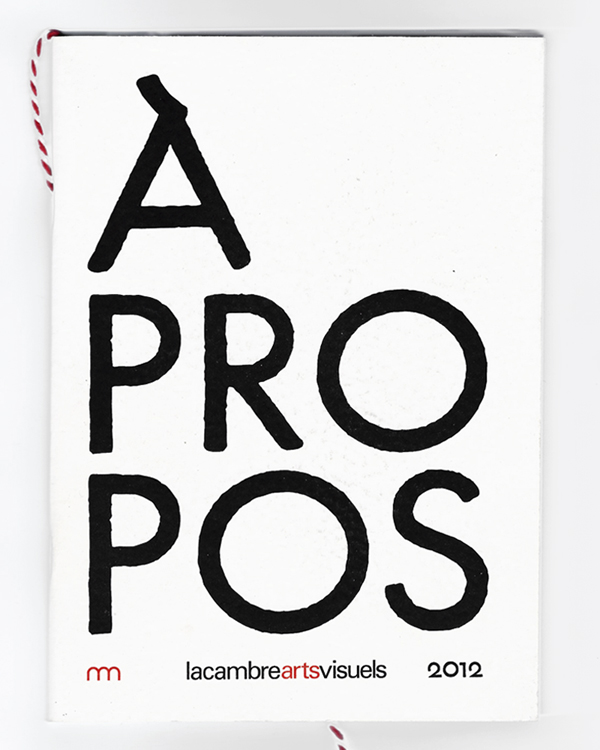Formera Light
Formera Regular
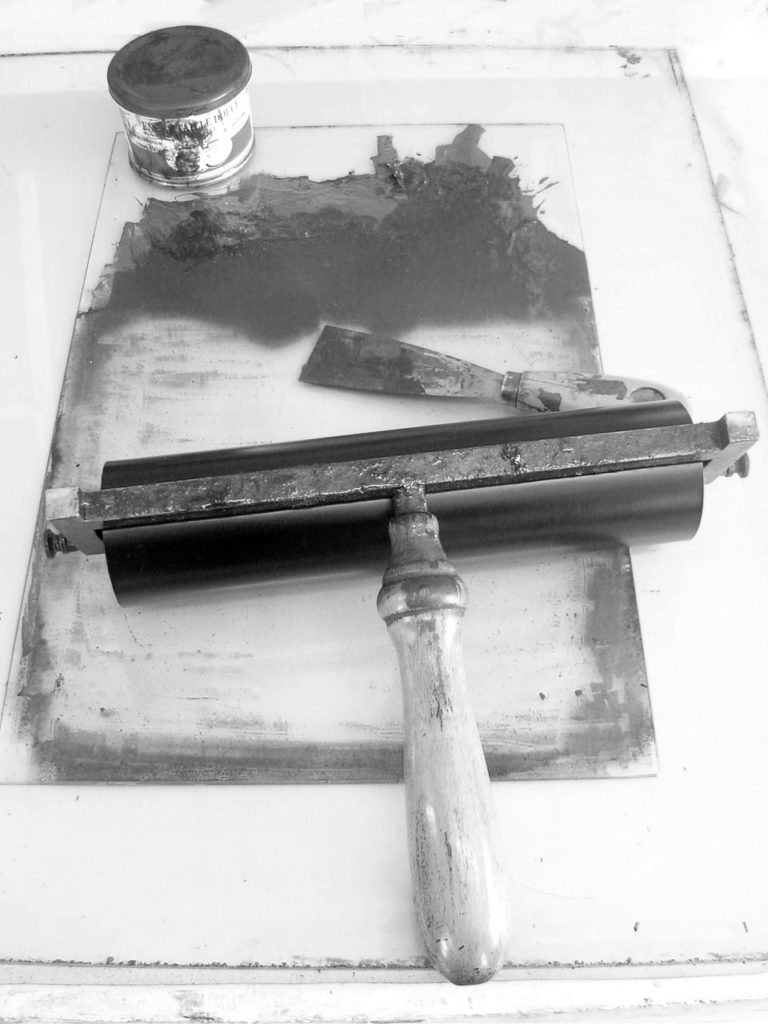
Glyphset
Uppercase
Lowercase
Ligatures
Symbols
Arrows
Currency
Punctuation
Mathematical Symbols
Case Sensitive
Numbers
Old Style Figures
Tabular Figures
Tabular Old Style Figures
Fractions
Numerators/Denominators
Accented Uppercase
Accented Lowercase
Circled
White Circle Numbers
White Circle Letters
Black Circle Numbers
Black Circle Letters
360 languages supported
GalicianFinnishAchineseVidundaKaingangLatgalianKalenjinLuguruNdongaJavaneseUab MetoAlekanoWallisianYucatecoMakhuwa-MeettoBugineseMandinkaComorianNgazidjaMorisyenRigweAnaangToposaNgindoNdambaNorwegianSanguShillukMadureseBapukuScottish GaelicLuvaleAwakNyembaInterlinguaOkiekAo NagaRomboPalauanJola-FonyiGagauzBikolTedagaMuslim TatLatinKirmanjkiTonganDelawareMeruAleutAhtnaZayseShonaZigulaMexican MamOromoKamukuCzechMohawkTswanaBenchKoyra ChiiniAfrikaansCriouloUpper GuineaSomaliSukumaFaroeseLithuanianKaondeSangoShekoAragoneseMasaabaKurdish (Latin)PökootNeapolitanWayuuSilesianIkwoAfarResheFilipinoVõroChuukeseKitubaMündüDikakaRomanshZarmaKimbunduVunjoWarlpiriHangaNorwegian NynorskBangwinjiNdauPogoloOccitanQuechuaBenaGamoIgboMwaniMalay (Latin)GbayaSudanOmaha-PoncaNyoroRomanianMachameLigurianAlagoBosnianTivNupe-Nupe-TakoTurkmen (Latin)VepsYaoRongaHadiyyaInnuPicardTalinga-BwisiFijianMalteseKutuFuliiruLuba-LuluaTok PisinNorth NdebeleHiligaynonSamoanWalserSãotomenseSandaweMinangkabauLundaBasqueIgedeSoninkeWelshGheg AlbanianBalineseCornishTokelauGofaKabuverdianuNorthern SamiTaitaLatvianTedim ChinUpper SorbianMambilaNigeriaWolaytta (Latin)MakondePortugueseLangoUgandaNorwegian BokmålEstonianLuoUmbunduSlovenianIrishAcoliNiueanRinconada BikolAsturianSudanese ArabicTakwaneIndonesianMakhuwaTuvaluUyghur (Latin)PapiamentoCahungwaryaLambaSidamoSogaBengaKashubianSardinianNguluChigaSlovakRundiNyankoleBariNovialSpanishIraqwSranan TongoPunuBandaWest CentralBiniKalangaTsuvadiKoyraboro SenniGilberteseBretonHungarianRendilleLokaaSouthern SamiAromanianArabicChadian SpokenTetumBilenPohnpeianEsperantoSwahiliSeselwa Creole FrenchBembaSwiss GermanMaoriPiedmonteseLomweNyanjaNyasa TongaKhasiTooroAymaraOtuhoBislamaCroatianSenaWalloonKonjoBedawiyetZaghawaLow GermanSiksikaRarotonganGermanHawaiianSamburuGwichʼinKambaXavánteEfikKuanyamaLower SorbianTahitianBatak TobaInari SamiTsamaiLuwoNaraRwaChidurumaRéunion Creole FrenchMirandeseDawroNdogoDidingaIlokoManyikaYasaVenetianSahoAsuSeriAdaraTongaTalysh (Latin)Western FrisianLuxembourgishMalagasyAlbanianNorthern SothoIvbie North-Okpela-ArheZuluShambalaWolofSassarese SardinianKʼicheʼLombardHmongLoziPampangaKalaallisutUzbekGusiiWest Albay BikolC’LelaHaitian CreoleKunamaXhosaSwedishSapinyEnglishGourmanchémaLule SamiSubaIzereMankanyaIkaDanishPolishSouth NdebeleColognianut-Ma’inGandaZuniSouthern SothoIcelandicChamorroZazaHyamLongudaTasawaqVolapükWendatKikuyuJamaican Creole EnglishTsakhur (Latin)CebuanoPanguManxSwatiMuscogeeOgbahScotsTurkishTulaEzaaKombeAzerbaijaniCorsicanItalianMapucheSicilianSwahiliCongoLatinBialiGyeleSerbian (Latin)KinyarwandaKuriaLamnso’TumbukaTsongaMandjakChimborazo Highland QuichuaLeleXaasongaxangoWarayFrenchLuyiaSundaneseEmbuKarelianKongoHopiBokobaruFriulianKwereGawwadaZandeVietnameseCatalanYapeseChokweHarari
1040 glyphs
Formera Light
Formera Regular
OpenType features
About Formera
Formera (aka Futura Renner) family is a digital version of Futura lead character belonging to the typography department of Ecole Nationale Supérieure des Arts de la Cambre, and probably the first draft of Futura as we know it.
We first printed the full set of lead characters, and then we vectorized these prints. The outlines irregularities are obtained by this method.
«No other similar is known. It is undoubtedly the very first (1927). It is distinguished by m & n absolutely straight; by an r which is a bar followed by a point.» — Translated quotes by Fernand Baudin, 1971.
Designer
Bastien Sozeau
Released
2011— V.04 update 2025
Styles
Available in 2 weights Light & Regular
Get Formera
0€
Formera in use
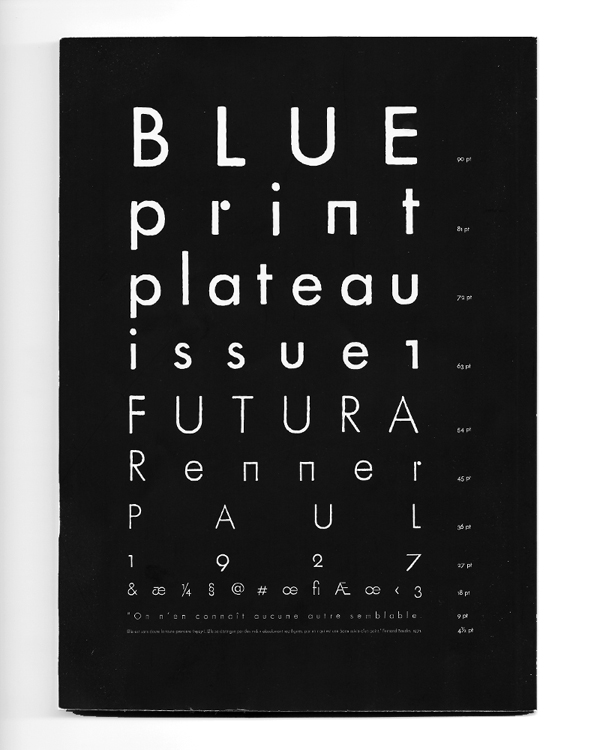
Plateau Print Back Cover
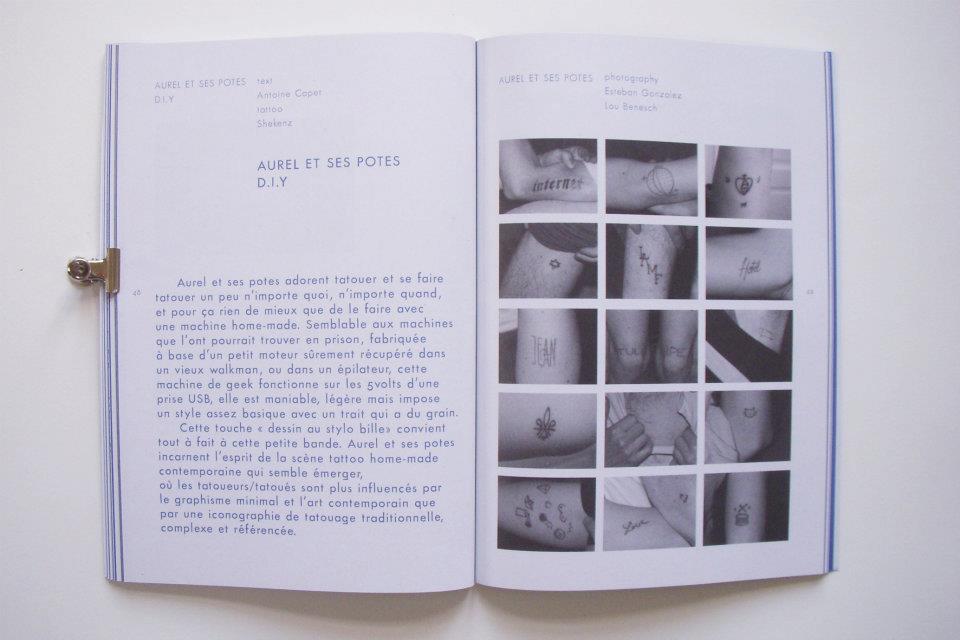
Plateau Print
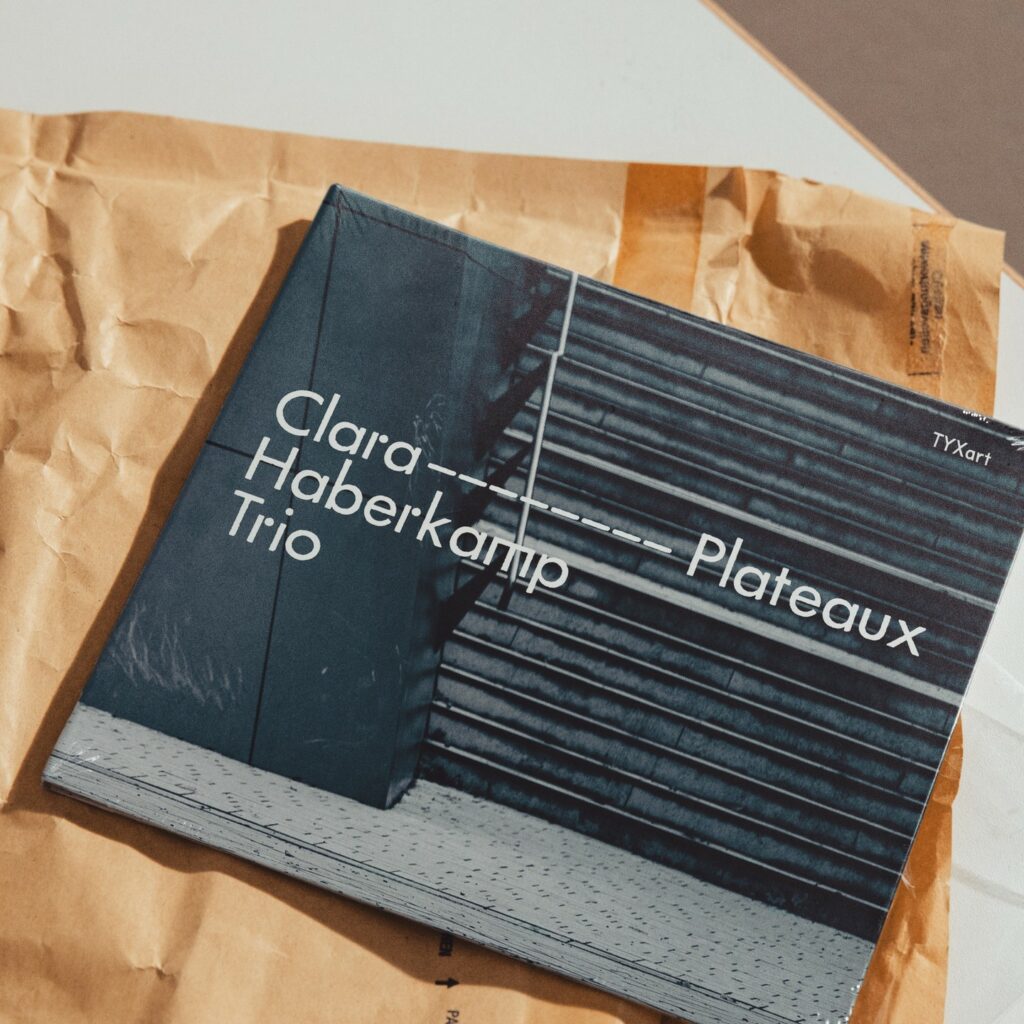
Clara Haberkamp Trio Album Cover
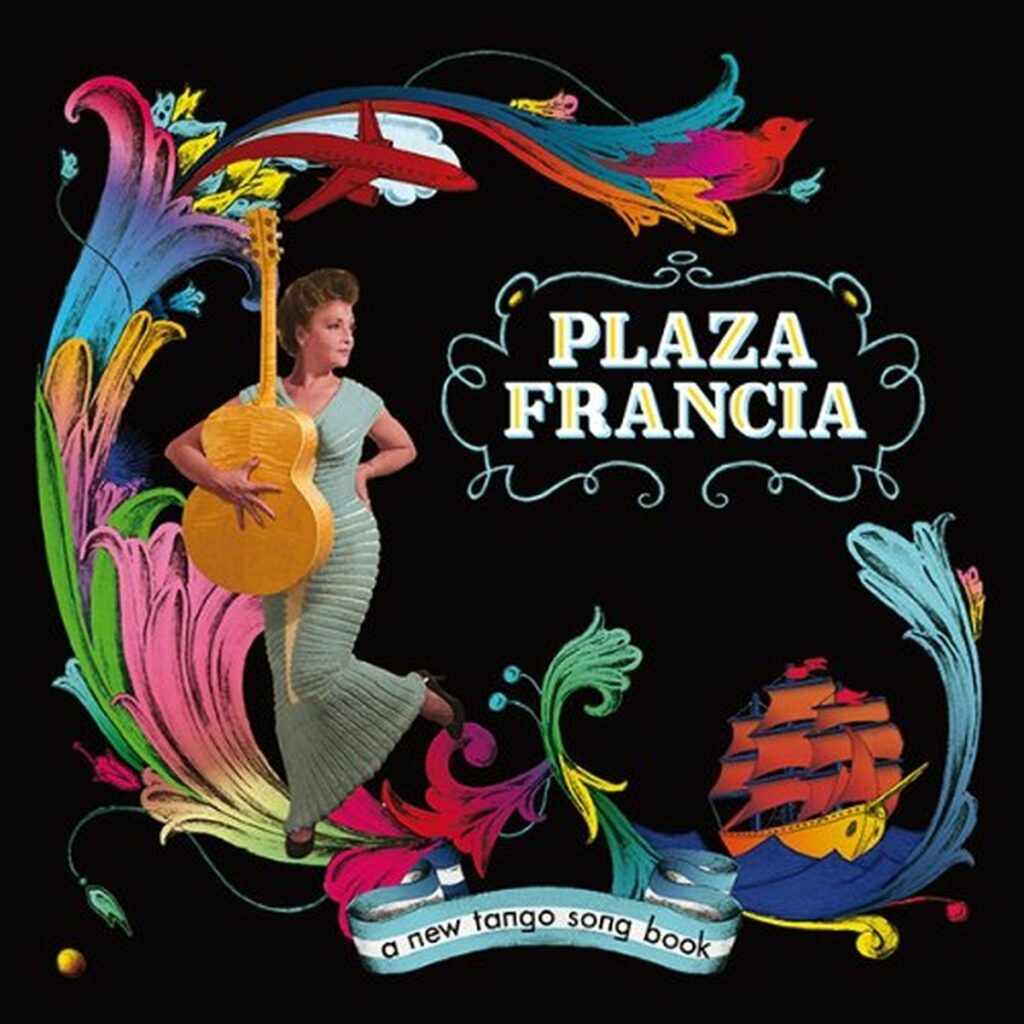
Catherine Ringer Album Cover
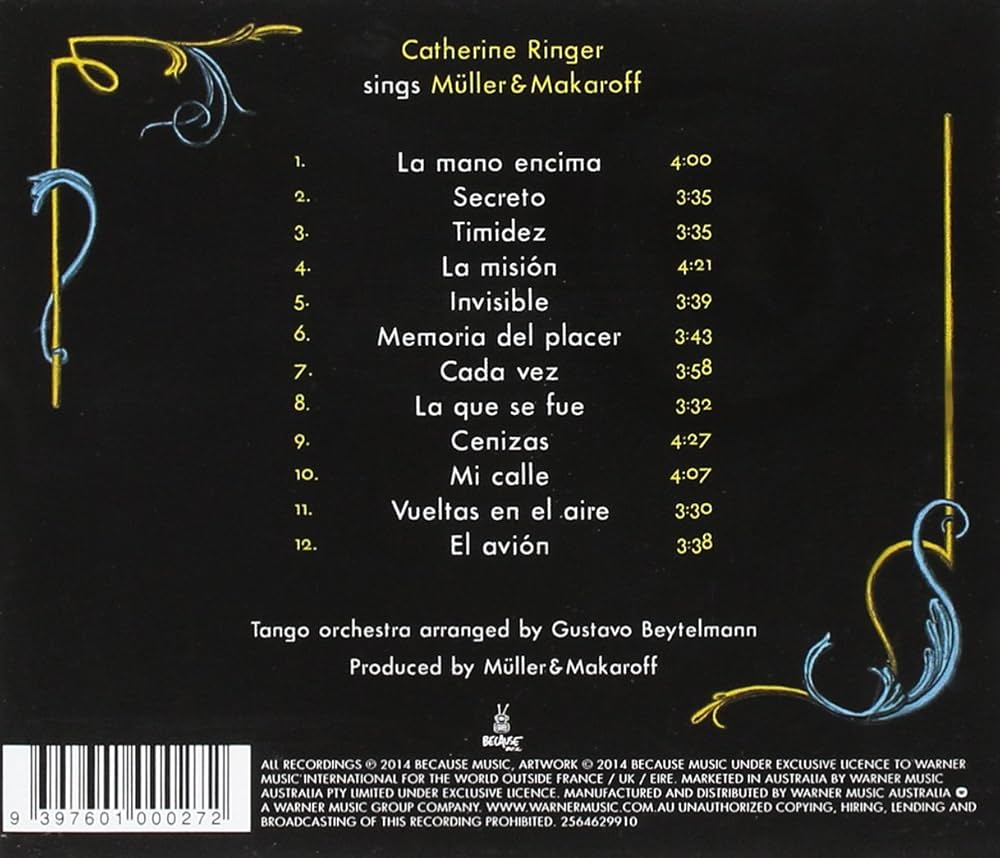
Catherine Ringer Album Credits
